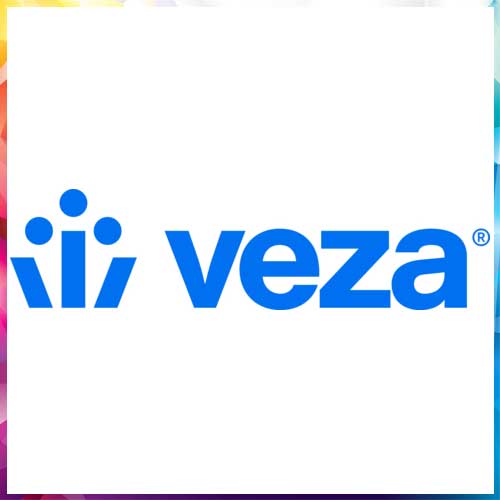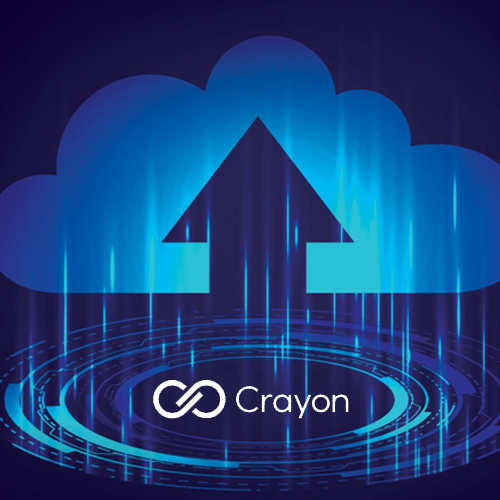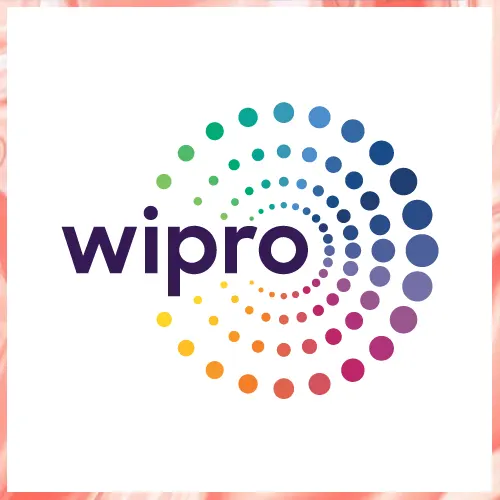Microsoft enters AI reasoning battle with powerful Phi-4 models to rival DeepSeek, OpenAI
2025-05-05
Microsoft’s Phi-4 models are optimized for local execution on Windows 11 devices using CPUs and GPUs, minimizing cloud dependency, and are now available on Hugging Face for developers seeking powerful, lightweight AI tools
In a move to make advanced artificial intelligence more efficient and widely accessible, Microsoft has introduced a trio of compact reasoning models under its Phi-4 family. The new offerings—Phi-4 Mini Reasoning, Phi-4 Reasoning, and Phi-4 Reasoning Plus—aim to bring high-level performance to tasks involving math, science, logic, and code, while minimizing resource demands.
Leading the lineup is the Microsoft Phi-4 Reasoning model, a 14-billion parameter system trained on high-quality, curated web data. Microsoft says the model delivers exceptional results in complex technical tasks and showcases how smaller models can still offer high reasoning accuracy through a combination of reinforcement learning and supervised fine-tuning.
The Phi-4 Mini Reasoning model, designed with 3.8 billion parameters, was trained on a large dataset of synthetic math problems generated by DeepSeek’s R1 model. It is geared toward educational applications and can be embedded into devices, offering flexibility for use in offline or edge computing environments.
Phi-4 Reasoning Plus is the most refined among the three, outperforming much larger models like DeepSeek R1 on several benchmark tests. It also demonstrates competitive results against OpenAI’s o3-mini in math reasoning tasks, indicating Microsoft’s progress in balancing performance with model size.
Optimized AI for local deployment
Microsoft noted that the models are optimized to run locally on Windows 11 devices using CPUs and GPUs, reducing the need for continuous cloud connectivity and expanding deployment options for developers.
All three Phi-4 models are now available via Hugging Face, providing the open-source AI community with powerful, lightweight tools for next-generation application development.
Also Read: Windows 11 update reportedly creates a mysterious but harmless folder
See What’s Next in Tech With the Fast Forward Newsletter
Tweets From @varindiamag
Nothing to see here - yet
When they Tweet, their Tweets will show up here.



























